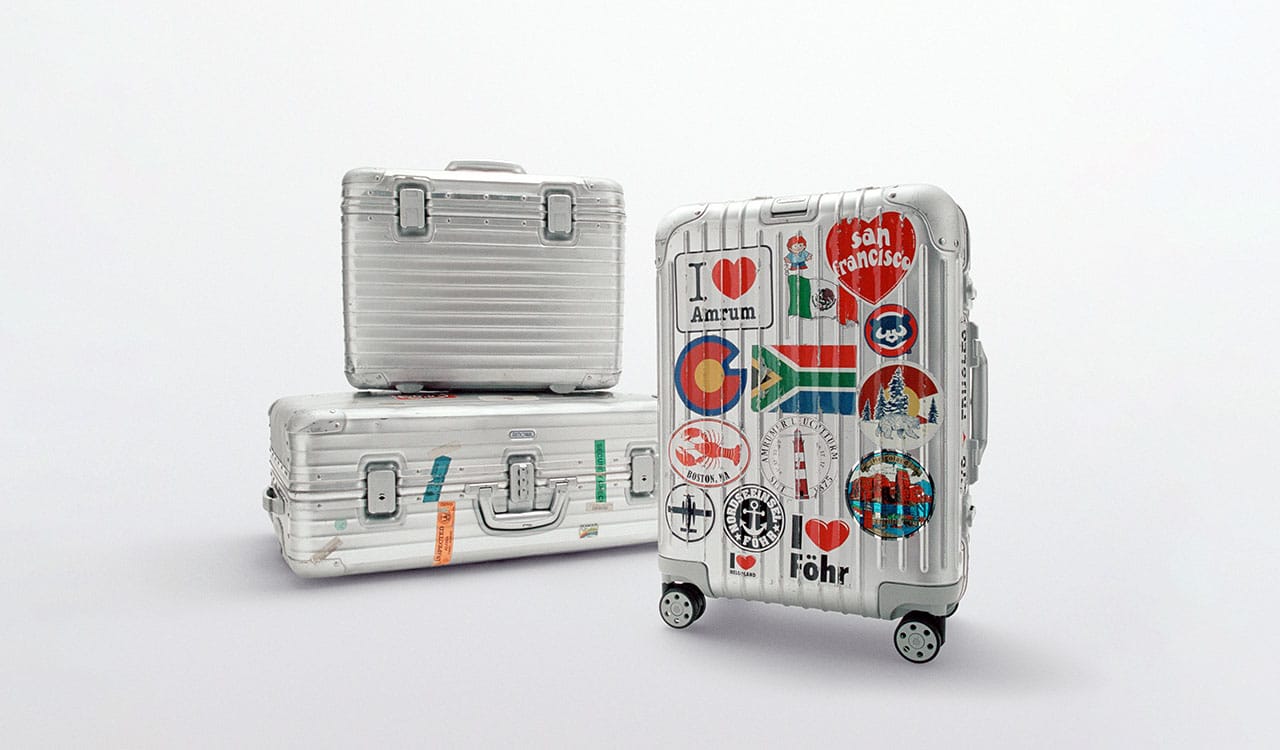You’re traveling through another dimension, not only of sight and sound but of mind. And that journey has taken you to Olive Hill, TN, population 1,424. And SIX dollar stores. That’s right, this tiny eastern Kentucky town has four Dollar General stores and two Family Dollars. That’s one dollar store for every 237 residents. And most of them were built in just the past few years. The signpost up ahead says it all: your next stop, the Dollar Store Zone.
And some people are starting to say, “it’s enough already.”
We hear the echo of what Walmart did a generation or two ago when it was in the midst of its huge expansion that eventually took it to 4,700+ locations just in the U.S. (that’s one store for every 70,000 people, by the way), which resulted in a serious pushback across the country, it’s now the dollar stores’ turn.
The dollar store epidemic is going to get even more widespread in the next few years. Just the two biggest chains, Dollar General and Dollar Tree which owns Family Dollar – have said they plan to open thousands of more stores just this year alone.
The country now has more than 36,000 dollar-format stores today, from the biggies like Dollar General, Family Dollar, Dollar Tree and Five Below to local and regional players too numerous to mention. That’s one store for every 9,000 or so Americans, but quick road trips around the country will tell you there are a lot of towns similar to Olive Hill where multiple dollar format stores are bunched up. That more than compensates for big urban marketplaces where the per-capita dollar store tally is usually less.
And the dollar store epidemic is going to get even more widespread in the next few years. Just the two biggest chains, Dollar General and Dollar Tree which owns Family Dollar – have said they plan to open thousands of more stores just this year alone. Towns like Olive Hill may end up being far less unusual as this buildout goes on…and on.
A Dollar for Your Thoughts
Dollar stores are a relatively recent invention in the retail spectrum. Dollar General was founded in 1955 and Family Dollar just four years later. For decades they and their similar sounding brethren moved at a relatively modest pace, staking out locations deep in the rural environs of the country, far from the big cities…and the watchful eyes of those who might object to their business model, which focused on questionable food choices and general merchandise basics that were no bargains, despite the cheap price tags.
But a number of factors surfaced to fuel the dollar store explosion. The two big companies went public, and Wall Street never met an expanding retailer they didn’t love. The housing crash and subsequent Great Recession of 2008-2009 pushed a lot of consumers into dire economic straits that priced even conventional discounters like Walmart and, at the time, Kmart, out of their spending budgets. Dollar stores thrived during those years and have been relatively successful at retaining many of those customers even as the economy improved.
And the dollar-mania became self-fulfilling: The more stores they opened, the more independent specialty retailers who sold food, clothing and household goods went out of business, unable to compete. Often these older stores were in rundown and declining downtowns of rural America while the dollar stores were on the fringes of town, easier to get to and easier to park in front of.
Finally, the pandemic of the past three years sped up the whole process. Americans were pressed on their household budgets even with government stimuli. Now the stifling inflation of the past year has made budget stretching a fine art. But perhaps more importantly, when shoppers did go to a store in person they want something seemingly safer with fewer crowds and Covid-spreading germs. They rationalize they can get in and out of a local dollar store without dealing with the throngs of their potentially infected neighbors.
The big players each opened 1,000 – sometimes even more – stores a year, and the growth rate in the market size of dollar-format locations has been 3.4% over the past five years, outpacing the overall retail marketplace nicely during the same period. Studies have shown that more than one-third of all the stores opened in the country in 2020 and 2021 were dollar stores.
In 2023 Dollar General says it will open 1,050 stores. Family Dollar, between its two nameplates, is a bit behind with about 600 new stores planned, while Five Below is projecting about 200 new locations this year. And none of these are isolated occurrences: Five Below, for instance, says it projects having as many as 3,500 stores before it levels off.
The Buck Stops Here
Even though all these stores must be doing well (or else their hardly-benevolent owners would stop building them), a small but burgeoning pushback movement is starting to emerge. The New York Times, citing a report from the Institute for Local Self-Reliance, recently wrote that “since 2019, at least 75 communities have voted down proposed dollar stores, while roughly 50 have enacted moratoriums or other broad limits on dollar store development. “By comparison,” it reported, “from 2015 to 2018, about 25 communities voted down proposed dollar stores while only six enacted moratoriums or ordinances limiting their growth.”
All of this is being driven by several factors: Dollar stores are continuing to put local independent retailers out of business, these stores pay below-average wages and run with lean staffs that don’t drive local employment, and they tend to have a mix of products that leans heavily on the unhealthy. Dollar stores also seem to be magnets for criminal activity, particularly robberies, given their lean staffs and highly grabbable merchandise.
“As divided as Americans are politically,” Stacy Mitchell, a co-executive director of the Institute for Local Self-Reliance told the Times, “There’s remarkable agreement that too much of what passes as a legitimate business model is, in fact, fundamentally destructive and unfair.”
Of course, the dollar store corporations see it differently. They contend they are providing a service in small towns where no other stores exist and often say they come into a town that is already a retail desert, not the other way around. They also point to initiatives like fresh food assortments they are rolling out to more locations and say they are paying more competitive salaries than they used to.
Said Dollar General in a statement to the Times about local efforts to shut them out, “We believe the passage of moratoria harm customers who depend on us to help them stretch their budgets, particularly in inflationary times.”
All of this back-and-forth brings to mind similar fights over Walmart’s expansion in the 1990s into the early 2000s. Local towns fought back and, in some cases, even blocked construction of new stores, saying they threatened existing independent retailers and drove down wages. That fight eventually subsided and today Walmarts are essentially everywhere, all the time, ironically sometimes with smaller formats and grocery-only stores that mimic dollar stores.
The difference between Walmart and the current battle facing dollar stores is that of course, the big discounter needs certain size trading areas to successfully exist in, which limited their expansion. Dollar stores however, as the residents of Olive Hill would tell you, can subsist on far smaller demographics and are therefore capable of much deeper penetration into the nooks and crannies of rural America.
Digging for Dollars
Just as the protests against Walmart proved largely ineffective, one has to think today’s dollar store pushback will also turn out to be much ado about nothing. For every 50 local moratoria, the big chains will open hundreds, even thousands, of locations. Dollar General has opened a new nameplate, Popshelf, that it says will have 1,000 doors itself in the next few years. Dollar Tree is opening combo stores with its Family Dollar brand and the Five Below forecasting a chilling harbinger of what’s to come from even the smaller players in the space.
Other retailers have looked at the dollar space and decided they want a piece of it too. Aldi and Lidl, the German-based grocery chains, are proving formidable competitors in the food space to dollar stores while the big drug chains like Walgreens, CVS and Duane Reade keep expanding their merchandise assortments to increasingly offer an alternative to dollar retailers.
And even as some local specialty stores are closing up shop, the independent space is proving to be remarkably resilient, especially with population shifts out of big cities into the suburbs and exurbs, resulting in more local shopping activity. All these activities will serve as a hedge against any dollar stores’ unbridled blitzkrieg of the retail landscape…Olive Hill, TN notwithstanding.





